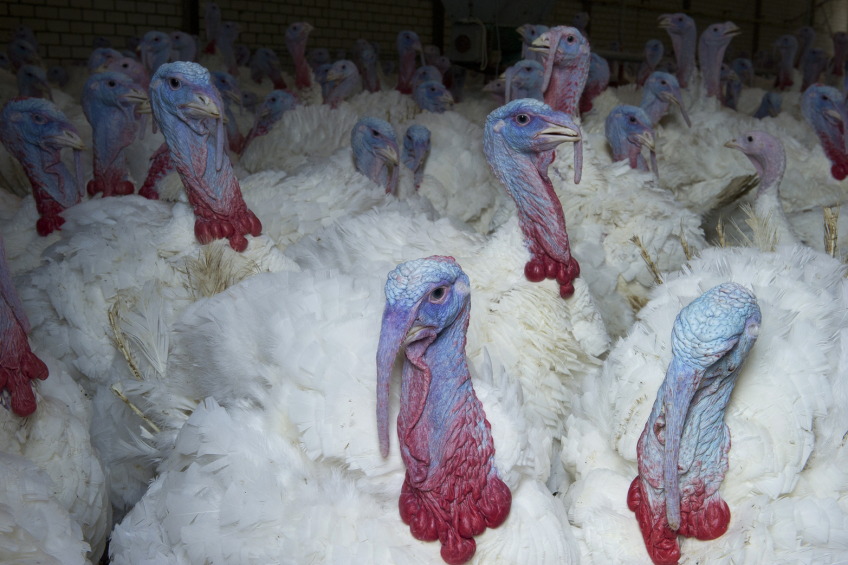AI disrupts turkey supply for Thanksgiving in US

The supply of turkeys for Thanksgiving in November – the US’ main turkey meal occasion – is likely to be disrupted as a result of the ongoing spread of high pathogenic avian influenza (HPAI).
A report from the University of Illinois notes that there have been only three previous recorded outbreaks of HPAI in the US, and the current one – with about 25 million birds dead so far – is the worst ever. The report, by economists John Newton and Todd Kuethe, also notes that, in the initial stages, stakeholders downplayed the significance of the outbreak by comparing the number of confirmed cases with annual slaughter statistics.
5 million turkeys so far lost to HPAI
But this has been losing credibility. For example, in the turkey sector, USDA statistics show that, during March, some 19.9 million turkeys were slaughtered across the whole of the US. With more than 5 million turkeys so far lost to HPAI, “confirmed cases of bird flu in turkeys represents more than one-quarter of the slaughter volume at 26.6%”, says the report.
Entire month’s turkey production wiped out
At state level, the figures are even starker. Minnesota is the largest producer of turkeys in the US, slaughtering an average of 3.7million a month. With 3.6 million confirmed cases in April, almost an entire month’s turkey production has been wiped out. “It has been suggested that, due to the time needed to feed turkeys to slaughter and the large proportion of the monthly slaughter affected by the bird flu, turkey supplies during Thanksgiving 2015 could be disrupted,” says the report.
Poultry industry will adjust to tighter egg supplies
On the layer side, the market outlook is also downbeat. At a national level, the 20.3 million layers lost so far across the Upper Midwest represent just a “small proportion” (5.6%) of the total US flock of 362 million birds. But state-level data presents a much more alarming outlook. For example, in Iowa, there were 59 million layers producing 1.4bn eggs during March 2015. Since then,18.6 million birds have been lost to HPAI, equivalent of 31% of the flock, or more than 400m eggs. The authors are confident that the poultry industry will adjust to tighter egg supplies, more so than the turkey market.
Broiler production vulnerable later in the year
There are also fears that broiler production will be vulnerable later in the year, when wild birds that have been heading north along the Mississippi flyway start heading south in the autumn and winter. There is a greater concentration of broiler production in the southern states. Already the presence of HPAI in layers and turkeys is limiting export opportunities for broiler meat as key markets close their borders.
Source: Poultry World












